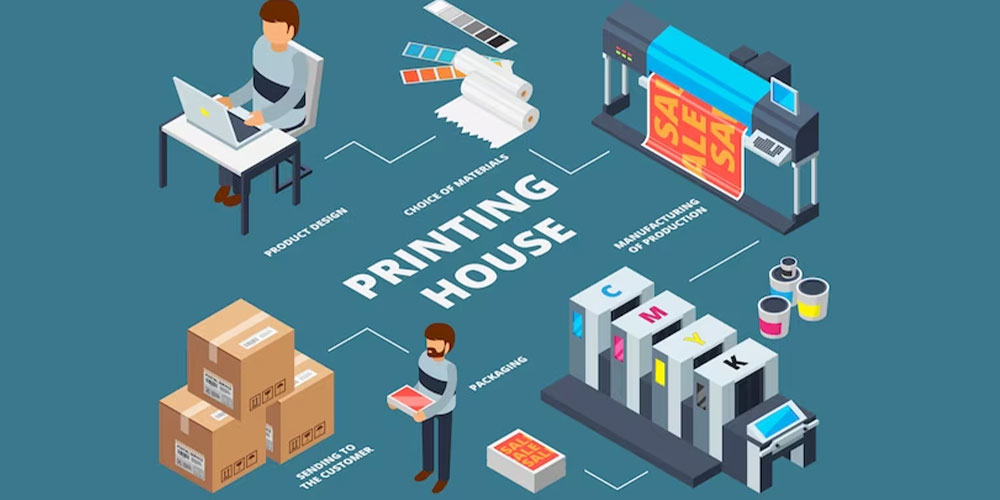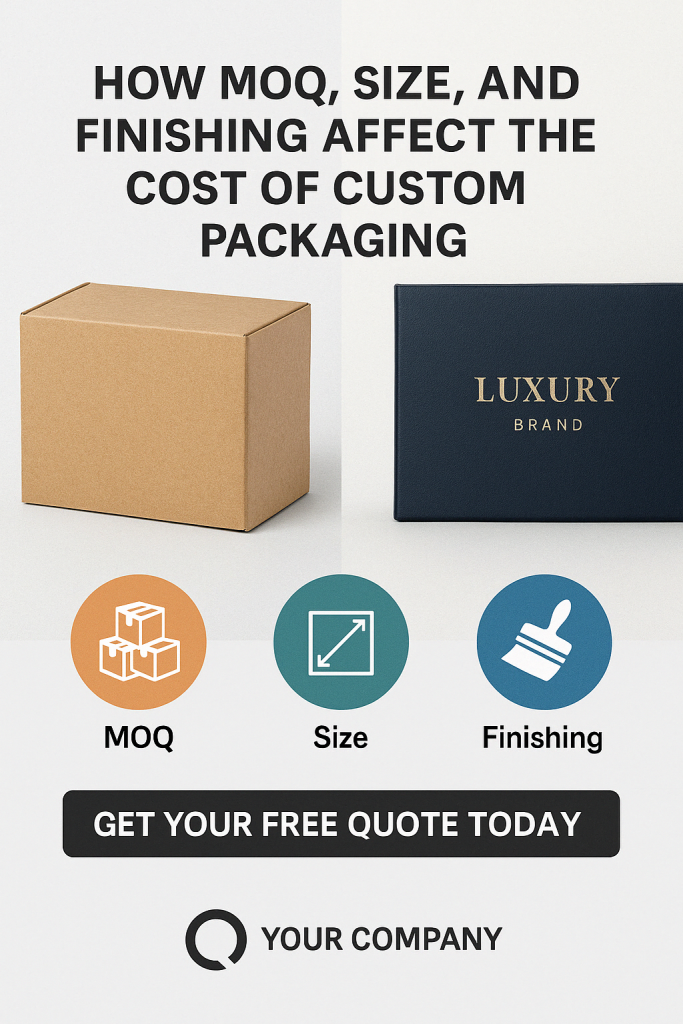In today’s competitive business landscape, creating impactful packaging is essential to stand out from the crowd and leave a lasting impression on your customers. When it comes to printing your packaging materials, there are two main methods to consider: offset printing and digital printing. Each method has its unique advantages and considerations, making it crucial to understand the differences and choose the most suitable option for your specific packaging project.
Understanding Offset Printing
Offset printing, also known as lithography, is a traditional printing method that utilizes metal plates to transfer ink onto the printing surface. This process involves etching the design onto the plates, which are then inked and pressed onto a rubber blanket before being transferred onto the final packaging material. Offset printing is renowned for its high-quality output and color accuracy, making it ideal for projects that require precise color matching and intricate designs.
Advantages of Offset Printing
One of the key advantages of offset printing is its ability to produce consistent and vibrant colors. The use of Pantone Matching System (PMS) allows for precise color reproduction, making it a preferred choice for businesses that prioritize color accuracy. Offset printing also offers a wide range of coating options, including matte and gloss laminate, UV coating, soft touch, and AQ coating. These coatings enhance the visual appeal of your packaging and provide additional protection against wear and tear.
Considerations for Offset Printing
While offset printing offers exceptional print quality, it is more suitable for larger volume print runs. The initial setup for offset printing can be time-consuming and costly, as it requires the creation of metal plates for each color used in the design. Therefore, offset printing becomes cost-effective for print quantities starting from 2,000 identical copies. Additionally, the drying time for offset ink is longer compared to digital printing, which may affect the turnaround time for your packaging project.
Exploring Digital Printing
Digital printing, on the other hand, involves directly printing the design from a digital file onto the packaging material. This method eliminates the need for plates and allows for faster turnaround times, making it ideal for small to medium print runs or projects that require quick production. Digital printing offers flexibility in terms of customization and personalization, allowing you to create unique packaging designs tailored to your brand.
Advantages of Digital Printing
Digital printing offers several advantages, particularly for businesses with shorter print runs or frequent design changes. With digital printing, there are no setup costs or plate creation required, making it a cost-effective option for small quantities. This method also allows for variable data printing, enabling you to personalize each packaging unit with different text or images. Additionally, digital printing provides excellent color accuracy and detail, making it suitable for simpler designs and e-commerce packaging.
Considerations for Digital Printing
While digital printing offers speed and flexibility, it may not match the color fidelity and material flexibility of offset printing. The color range and depth in digital printing may not be as extensive as offset printing, and it may be challenging to achieve precise Pantone color matching. Moreover, digital printing may have limitations when printing on certain substrates or materials, so it’s essential to consider the specific requirements of your packaging project.
Choosing the Right Method for Your Packaging
Now that you have a good understanding of offset printing and digital printing, it’s time to determine which method is best suited for your packaging needs. Several factors come into play when making this decision, including the type of packaging material, print volume, color requirements, and budget considerations.
Packaging Material Considerations
The type of packaging material you choose can influence the printing method you should opt for. Rigid packaging, such as luxury boxes, often requires the high-quality output of offset printing to showcase intricate designs and vibrant colors. Corrugated packaging, on the other hand, can benefit from both digital and offset printing, depending on the print volume and complexity of the design. Paperboard packaging, particularly for cosmetic, pharmaceutical, and small retail packaging, often benefits from the clarity and vividness offered by offset printing.
Print Volume and Budget Considerations
Print volume plays a significant role in determining the most cost-effective printing method for your packaging. If you require a large volume of identical copies, offset printing becomes more economical due to its setup costs being distributed across a higher number of prints. Offset printing is generally recommended for print quantities starting from 2,000 units, while digital printing is suitable for smaller print runs, even down to a single unit. Consider your budget and estimated print volume when deciding between the two methods.
Color Accuracy and Complexity of Design
If your packaging design relies heavily on precise color matching or requires complex designs with multiple colors, offset printing may be the better choice. Offset printing’s ability to reproduce exact PMS tones and its wider color range make it suitable for projects that demand color accuracy and vibrancy. However, if your design is simpler and doesn’t require extensive color customization, digital printing can provide excellent results while offering more flexibility for personalization.
Prototyping and Production
When it comes to prototyping your packaging, both digital and offset printing can be utilized to their advantages. Digital printing offers quick and cost-effective prototyping, allowing you to test and refine your designs before committing to larger print runs. The ability to print small quantities without significant setup costs is particularly useful during the prototyping phase. Once you have finalized your design, you can then choose the most appropriate method for full-scale production. Offset printing excels in producing large print runs efficiently, while digital printing offers speed and flexibility for smaller, more frequent print orders.
Additional Considerations and Tips
Before making a final decision on the printing method for your packaging, here are some additional considerations and tips to keep in mind:
- Lead Time: Offset printing typically requires more time for setup and drying, so if you have tight deadlines, digital printing may be the better option.
- Cost per Unit: Analyze the cost per unit for both offset and digital printing based on your print volume and specific requirements to determine the most cost-effective option.
- Stock/Media Substrate: Consider the type of packaging material you plan to use and ensure that your chosen printing method is compatible with it.
- Print Expertise: Work with a reputable printing partner who specializes in packaging printing and can guide you through the process, ensuring optimal results.
- Quality Assurance: Request sample prints and proofs from your printing provider to ensure that the final output meets your expectations in terms of color accuracy and overall quality.
By carefully evaluating these factors and working with a trusted printing partner, you can make an informed decision and achieve outstanding results for your packaging project.
Conclusion
Choosing between offset printing and digital printing for your packaging requires careful consideration of various factors such as print volume, color requirements, budget, and design complexity. While offset printing offers superior color accuracy and is more cost-effective for large print runs, digital printing provides flexibility, speed, and personalization options for smaller quantities and frequent design changes. By understanding the strengths and considerations of each method, you can select the most suitable printing process for your packaging needs and create visually stunning and impactful packaging that represents your brand effectively.








